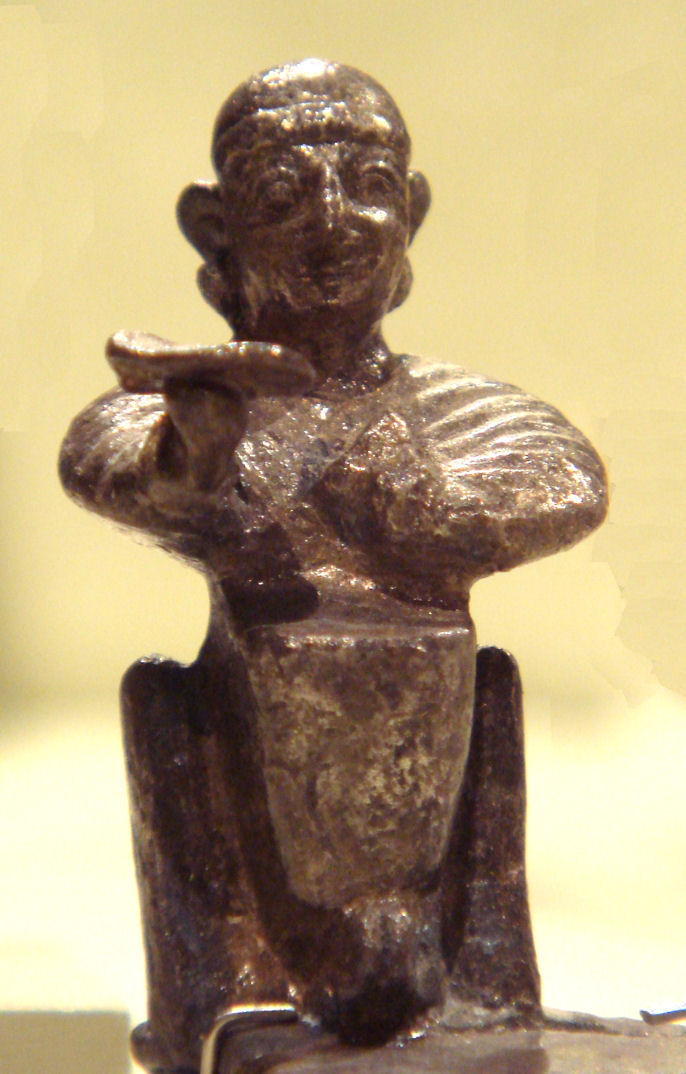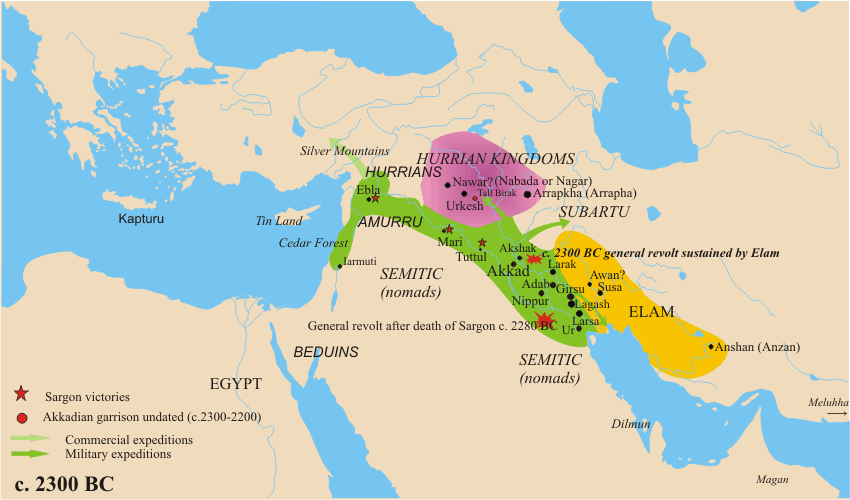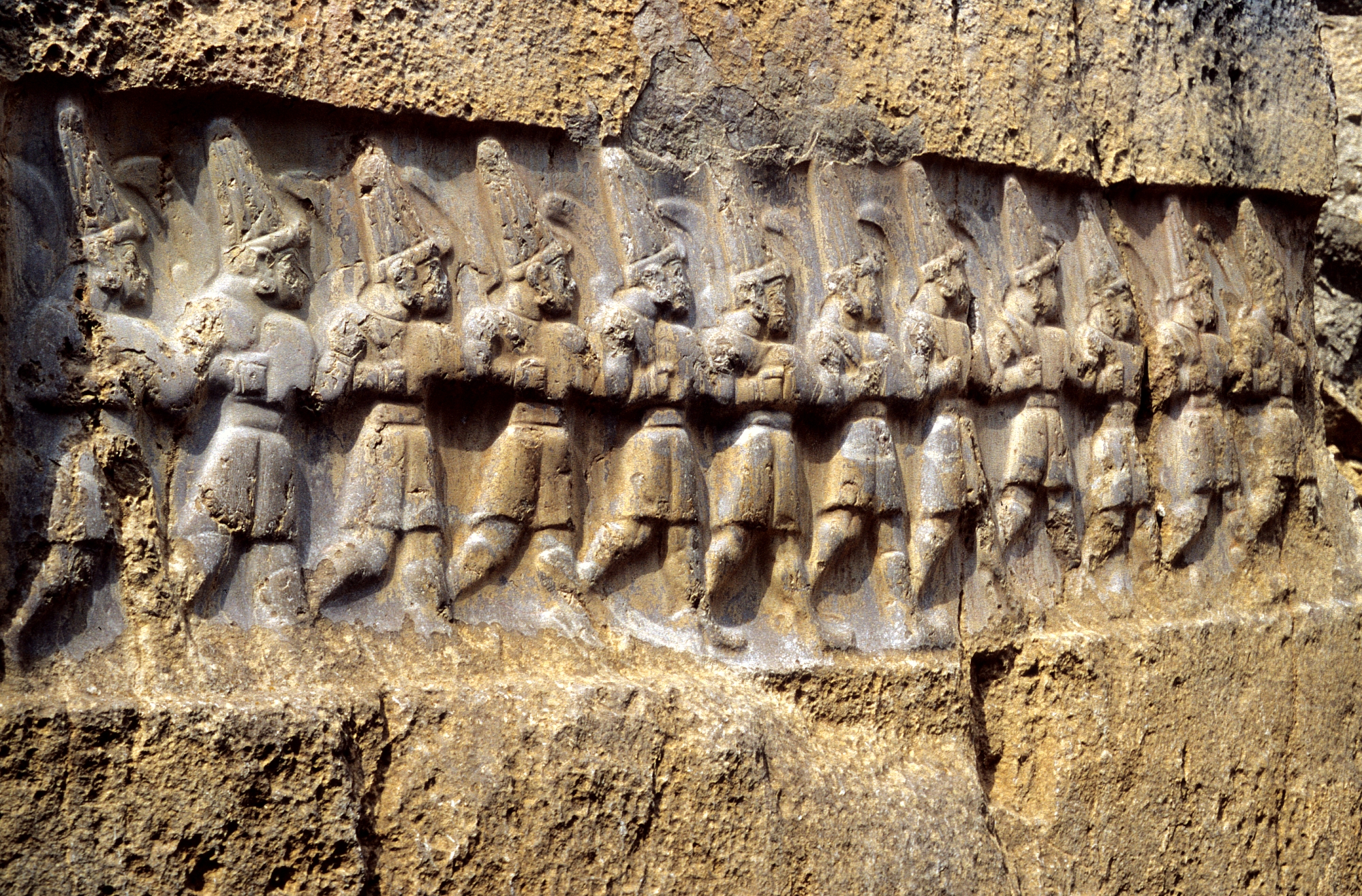|
Hittite Nursery And Midwifery Goddesses
Hittite and Hurrian nursery and midwifery goddesses only exist in collective. The Tarawa are the collective of Hittite mythology, Hittite midwifery goddesses. They helped to create the first king of gods. The Hutellurra are the Hurrian collective of midwifery goddesses, mentioned in the "Song of Ullikummi". The Irsirra are the Hurrian collective of nursery goddesses. In the Ullikummi song they put little Ullikummi secretly on the shoulder of Ubelluri, the giant who carries the world. Literature * Volkert Haas: ''Die hethitische Literatur'', Walter de Gruyter GmbH & Co. KG, Berlin 2006, pages 144, 172, 162, 165, {{ISBN, 978-3-11-018877-6 Hittite deities Childhood goddesses ... [...More Info...] [...Related Items...] OR: [Wikipedia] [Google] [Baidu] |
Hittite Mythology
Hittite mythology and Hittite religion were the religious beliefs and practices of the Hittites, who created an empire centered in what is now Turkey from . Most of the narratives embodying Hittite mythology are lost, and the elements that would give a balanced view of Hittite religion are lacking among the tablets recovered at the Hittite capital Hattusa and other Hittite sites. Thus, "there are no canonical scriptures, no theological disquisitions or discourses, no aids to private devotion". Some religious documents formed part of the corpus with which young scribes were trained, and have survived, most of them dating from the last several decades before the final burning of the sites. The scribes in the royal administration, some of whose archives survive, were a bureaucracy, organizing and maintaining royal responsibilities in areas that would be considered part of religion today: temple organization, cultic administration, reports of diviners, make up the main body of sur ... [...More Info...] [...Related Items...] OR: [Wikipedia] [Google] [Baidu] |
Hurrian
The Hurrians (; cuneiform: ; transliteration: ''Ḫu-ur-ri''; also called Hari, Khurrites, Hourri, Churri, Hurri or Hurriter) were a people of the Bronze Age Near East. They spoke a Hurrian language and lived in Anatolia, Syria and Northern Mesopotamia. The largest and most influential Hurrian nation was the kingdom of Mitanni, its ruling class perhaps being Indo-Aryan speakers. The population of the Hittite Empire in Anatolia included a large population of Hurrians, and there is significant Hurrian influence in Hittite mythology. By the Early Iron Age, the Hurrians had been assimilated with other peoples. The state of Urartu later covered some of the same area. Language The Hurrian language is closely related to the Urartian language, the language of the ancient kingdom of Urartu. Together they form the Hurro-Urartian language family. The external connections of the Hurro-Urartian languages are disputed. There exist various proposals for a genetic relationship to ot ... [...More Info...] [...Related Items...] OR: [Wikipedia] [Google] [Baidu] |
Ullikummi
__NOTOC__ In Hurrian mythology, Ullikummi is a giant stone monster, son of Kumarbi and the sea god's daughter, Sertapsuruhi, or a female cliff. The language of the literary myth in its existing redaction is Hittite, in cuneiform texts recovered at Bogaskoy, where some Hurrian fragments of the "Song of Ullikummi" have been found. ''See'' Guterbock (1951). The "song of Ullikummi" was recognized from its first rediscovery as a predecessor of Greek myths in Hesiod. Parallels to the Greek myth of Typhon, the ancient antagonist of the thunder-god Zeus, have been elucidated by Burkert. The story of Ullikummi The narrative of Ullikummi is one episode, the best preserved and most complete, in an epic cycle of related "songs" about the god Kumarbi, who aimed to replace the weather god Teshub and destroy the city of Kummiya; to this end Kumarbi fathered upon a rock cliff a genderless, deaf, blind, yet sentient volcanic rock monster, Ullikummi, which he hid in the netherworld and placed on ... [...More Info...] [...Related Items...] OR: [Wikipedia] [Google] [Baidu] |
Ubelluri
Upelluri or Ubelluri was a primordial giant in Hurrian mythology. He is only known from the ''Song of Ullikummi'', which is one of the few Hurrian texts offering a view of this culture's cosmology. It was believed that Upelluri was already alive during the separation of heaven and earth, which were placed on his back, and that he lived in the "Dark Earth," the Hurrian underworld. His name ends with the Hurrian suffix -''luri'', known also from the names of the mountain goddess Lelluri and Impaluri, sukkal (attendant deity) of the sea god Kiaše, as well as a number of Hurrian mountain and stone names. In the ''Song of Ullikummi'', known from poorly preserved fragments of a Hurrian original and a more complete Hittite translation, the eponymous monster is placed on his right shoulder by Irširra (perhaps to be identified as goddesses of nursing and midwifery), the servants of Kumarbi, to let him grow away from sight of allies of Kumarbi's enemy Teshub, such as the sun god Šimige ... [...More Info...] [...Related Items...] OR: [Wikipedia] [Google] [Baidu] |
Hittite Deities
Hittite mythology and Hittite religion were the religious beliefs and practices of the Hittites, who created an empire centered in what is now Turkey from . Most of the narratives embodying Hittite mythology are lost, and the elements that would give a balanced view of Hittite religion are lacking among the tablets recovered at the Hittite capital Hattusa and other Hittite sites. Thus, "there are no canonical scriptures, no theological disquisitions or discourses, no aids to private devotion". Some religious documents formed part of the corpus with which young scribes were trained, and have survived, most of them dating from the last several decades before the final burning of the sites. The scribes in the royal administration, some of whose archives survive, were a bureaucracy, organizing and maintaining royal responsibilities in areas that would be considered part of religion today: temple organization, cultic administration, reports of diviners, make up the main body of sur ... [...More Info...] [...Related Items...] OR: [Wikipedia] [Google] [Baidu] |


